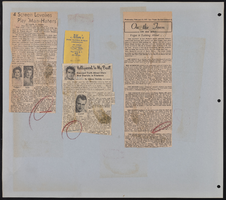Search the Special Collections and Archives Portal
Search Results
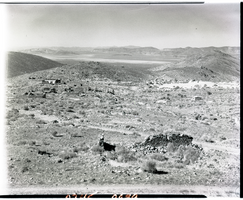
Film transparency of a ghost town, Delamar, Nevada, 1956
Date
Archival Collection
Description
Image

Film transparency of a ghost town, Delamar, Nevada, 1956
Date
Archival Collection
Description
Image
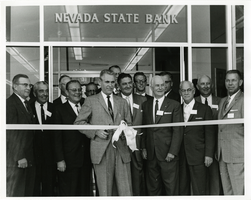
Photograph of Mayor Oran K. Gragson cutting the ribbon at the opening of Nevada State Bank, Las Vegas, Nevada, circa 1960s
Date
Archival Collection
Description
Image
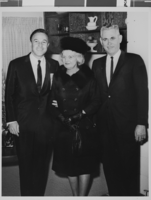
Photograph of Mayor Oran K. Gragson, his wife Bonnie with Gene Kelly, circa 1960s
Date
Archival Collection
Description
Image
Irwin and Susan Molasky Papers
Identifier
Abstract
The Irwin and Susan Molasky Papers (early 1900s-2012, bulk 1970-2012) primarily contain materials related to real estate development work by Irwin Molasky with his company, the Molasky Group of Companies, in Las Vegas, Nevada. In addition, the collection includes personal photographs (early 1900s-2011, bulk 1970-2011) of family members, friends, and events, as well as a Proclamation from Clark County, Nevada to establish the Molasky Family Park.
Archival Collection
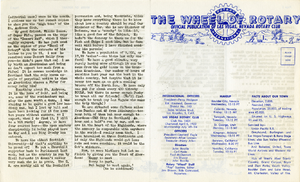
The Wheel of Rotary Las Vegas Rotary Club newsletter, March 23, 1950
Date
Archival Collection
Description
Text
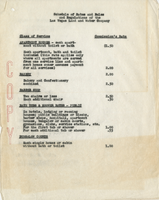
Schedule of rates, rules and regulations of the Las Vegas Land and Water Company, December 24, 1946
Date
Archival Collection
Description
Detailed list of water rates and rules for water usage in Las Vegas.
Text
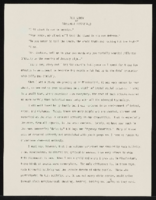
"Just Leroy": article draft by Roosevelt Fitzgerald
Date
Archival Collection
Description
From the Roosevelt Fitzgerald Professional Papers (MS-01082) -- Drafts for the Las Vegas Sentinel Voice file. On vigilante Bernhard Goetz.
Text


